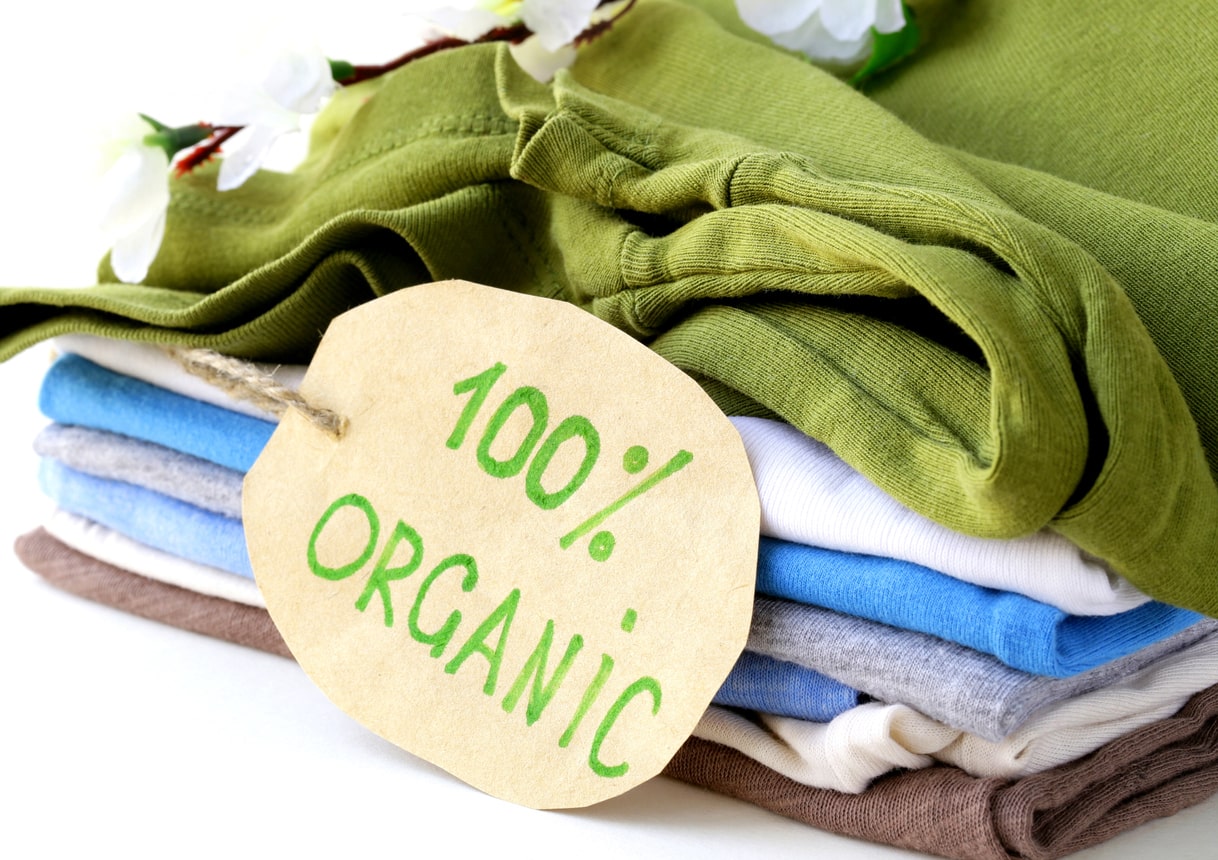The fashion industry is undergoing a significant transformation, driven by the increasing demand for sustainable practices. As consumers become more environmentally conscious, eco-friendly fabrics are gaining popularity. This shift is not only changing the way fashion is produced but also how it’s consumed.
What Are Eco-Friendly Fabrics?
Eco-friendly fabrics are materials that minimize environmental impact during production, use, and disposal. These fabrics can be made from organic, recycled, or biodegradable materials, ensuring that they reduce waste and pollution.
Popular eco-friendly fabrics include:
- Organic Cotton: Grown without synthetic chemicals, reducing soil and water pollution.
- Bamboo Fabric: Made from the fast-growing bamboo plant, which requires fewer resources to cultivate.
- Recycled Polyester: Created from recycled plastic bottles, reducing plastic waste.
- Tencel (Lyocell): Derived from wood pulp, this fabric is biodegradable and made using a closed-loop process.
Why Sustainable Fashion Is Important
Traditional fabrics, like polyester, are derived from petroleum and contribute to pollution and carbon emissions. The fashion industry is one of the largest contributors to global waste, with millions of tons of textiles ending up in landfills each year. By switching to eco-friendly fabrics, fashion brands can help reduce their carbon footprint and appeal to environmentally conscious consumers.
How Consumers Can Embrace Sustainable Fashion
- Buy Less, Choose Well: Focus on quality over quantity. Invest in durable, timeless pieces.
- Support Ethical Brands: Look for brands that prioritize sustainability and transparency.
- Opt for Second-Hand Clothing: Buying pre-owned clothing reduces demand for new items and extends the life of garments.
Conclusion
Sustainable fashion is no longer a niche concept; it’s becoming a necessary evolution for the industry. Eco-friendly fabrics offer a stylish, responsible way to reduce environmental impact without sacrificing quality or aesthetics.




